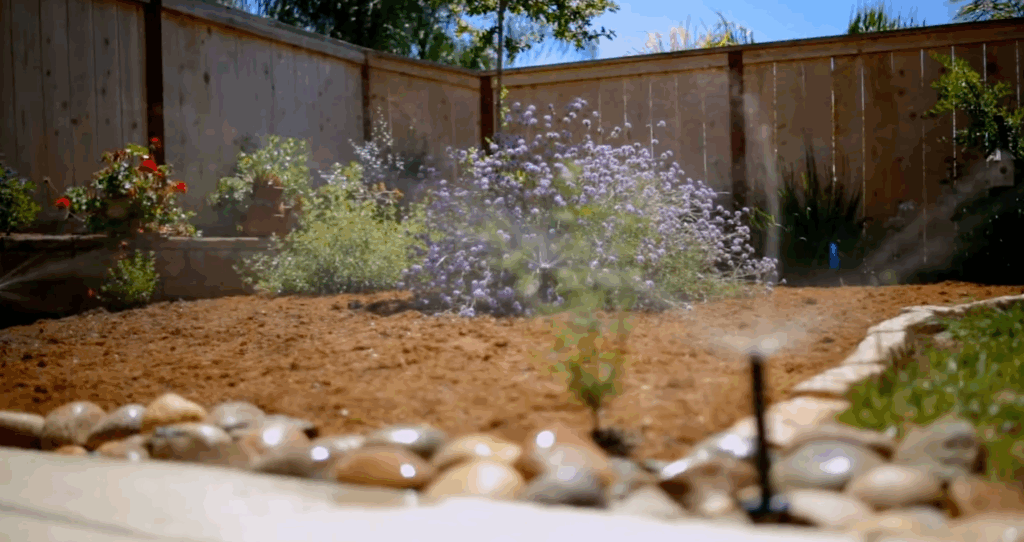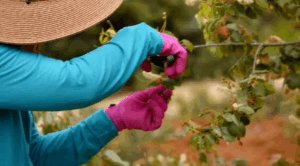Native Fall Foliage for Restaurants & Coronado City Planters
As autumn arrives, cities and restaurants alike look for creative ways to celebrate the season’s natural beauty. Vibrant fall foliage brings warmth and character to outdoor spaces, drawing in customers and brightening urban landscapes. For restaurants and city planners, selecting the right mix of native fall foliage can make all the difference between a fleeting display and a sustainable, year-round design. By using native plants—species that thrive naturally in the local climate—businesses and municipalities can create colorful, low-maintenance planters that support pollinators and conserve resources.
Keep It Native
Native plants offer an unmatched combination of resilience and ecological value. They are adapted to local soil, rainfall, and temperature conditions, which means they require less watering and fewer chemical fertilizers than exotic ornamentals. When planning fall displays, restaurant owners and city landscapers should consider incorporating a blend of textures, colors, and heights to evoke the season’s richness. Rusty reds, golden yellows, and deep greens can be achieved using native grasses, flowering perennials, and hardy groundcovers that remain attractive long after other plants fade.
A standout option for urban planters and restaurant patios is Mexican clover weed (Richardia scabra), a hardy native groundcover that thrives in warm climates. Despite its name, Mexican clover is not a true clover but a resilient, low-growing wildflower that produces small, white to pale pink blooms from summer through late fall. It’s particularly valuable for transitional plantings, filling gaps between larger foliage with a lush carpet of greenery that softens hardscape edges and provides a natural contrast to autumnal hues. In restaurant settings, where planters often double as decorative barriers or accents along sidewalks and patios, Mexican clover weed offers a low-profile yet visually appealing solution. Its extended blooming season ensures that even as trees shed their leaves, there’s still a touch of life and color to enliven the scene.
Benefits To Coronado City
 Beyond aesthetics, using native plants like Mexican clover weed benefits the environment. This species attracts pollinators such as bees and butterflies, supporting biodiversity in urban areas where natural habitats are limited. Because it’s drought-tolerant and able to thrive in poor soils, it’s ideal for city planters that experience inconsistent watering or exposure to heat from sidewalks and buildings. Pairing it with taller native plants—such as goldenrod, bluestem grass, or black-eyed Susans—creates visual interest and a layered, dynamic display that evolves beautifully throughout the season.
Beyond aesthetics, using native plants like Mexican clover weed benefits the environment. This species attracts pollinators such as bees and butterflies, supporting biodiversity in urban areas where natural habitats are limited. Because it’s drought-tolerant and able to thrive in poor soils, it’s ideal for city planters that experience inconsistent watering or exposure to heat from sidewalks and buildings. Pairing it with taller native plants—such as goldenrod, bluestem grass, or black-eyed Susans—creates visual interest and a layered, dynamic display that evolves beautifully throughout the season.
For Our Establishments
For restaurants, well-maintained native foliage enhances curb appeal and reinforces a brand’s connection to sustainability. Guests notice thoughtful design, especially when it aligns with local culture and ecology. A planter filled with native fall plants, accented by the delicate blooms of Mexican clover weed, conveys authenticity and care—qualities that resonate deeply with today’s environmentally conscious diners. Moreover, native plants can be left in place year after year, reducing costs associated with seasonal replanting.
Embracing native fall foliage allows restaurants and cities to celebrate the season while investing in long-term ecological health. With its soft blooms, adaptability, and natural charm, Mexican clover weed exemplifies the understated beauty of native planting—turning every restaurant patio or city streetscape into a living testament to fall’s enduring grace.